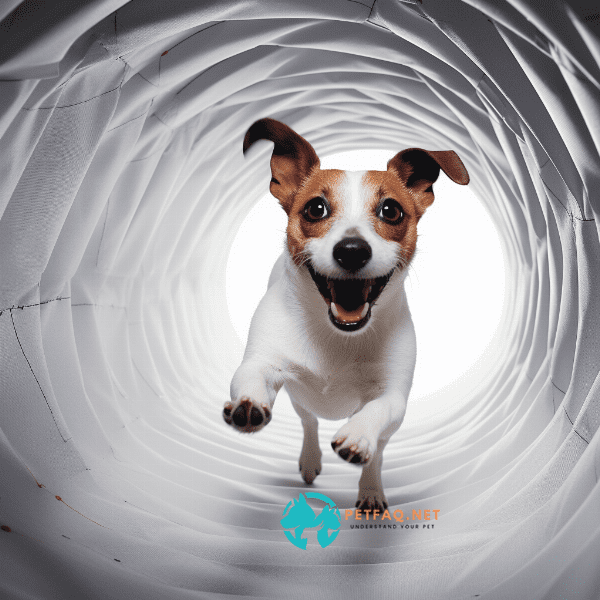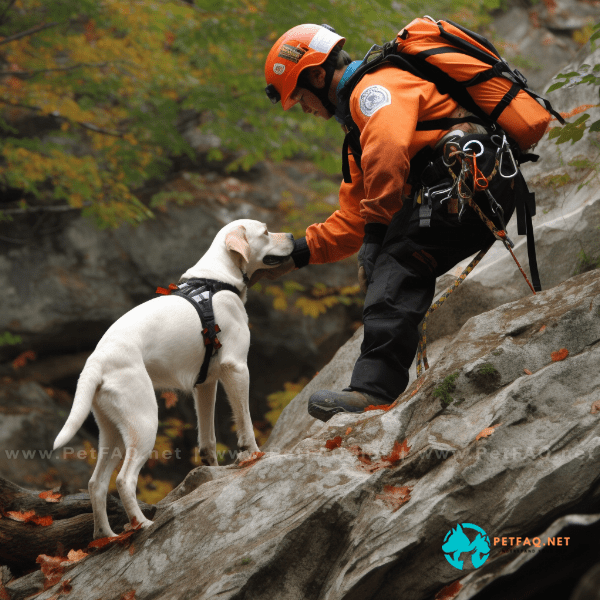Table of Contents
- Understanding the Role of Therapy Dogs
- Qualities to Look for in a Potential Therapy Dog
- Preparing for Therapy Dog Training
- Basic Commands and Skills for Therapy Dogs
- Advanced Training Techniques for Therapy Dogs
- Socialization and Desensitization for Therapy Dogs
- Tips for Training Your Own Therapy Dog
- Therapy Dog Certification and Registration Process
- Volunteer Opportunities for Therapy Dogs
- The Rewards of Being a Therapy Dog Handler
Understanding the Role of Therapy Dogs
Therapy dogs are specifically trained to provide comfort, support, and companionship to individuals in need, typically in settings such as hospitals, nursing homes, schools, and disaster areas. These dogs are known for their friendly and affectionate temperament, and they can help reduce stress and anxiety, boost morale, and promote positive emotions among those they interact with.
One of the key roles of therapy dogs is to help people feel more relaxed and comfortable in their surroundings. They can provide a sense of familiarity and ease in unfamiliar environments, which is particularly important in medical settings where patients may be experiencing physical or emotional pain. Additionally, therapy dogs can help improve the social and emotional skills of individuals with mental health conditions or developmental disorders, as they provide a non-judgmental and supportive presence.
It is important to note that therapy dogs are different from service dogs, as they are not trained to perform specific tasks for their handlers. Instead, therapy dogs work with their handlers to provide emotional support and promote well-being in a variety of settings.
Overall, therapy dogs play a crucial role in improving the lives of many individuals, and their training is essential to ensure they can effectively fulfill their role as companions and helpers.
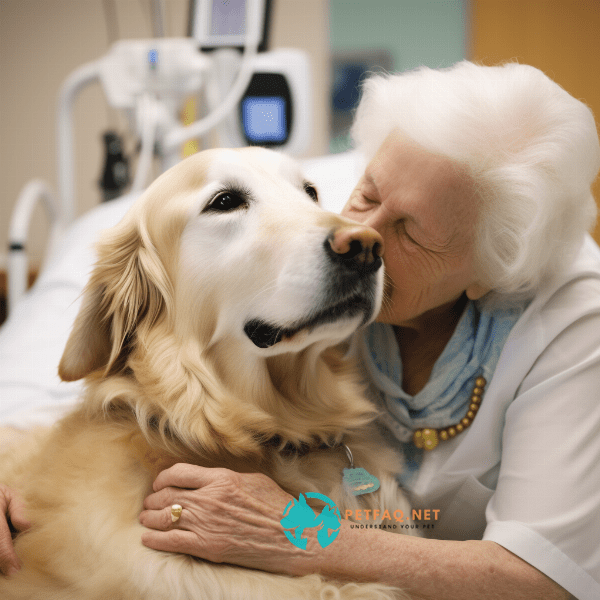
Qualities to Look for in a Potential Therapy Dog
When it comes to therapy Dog Training, selecting the right dog is critical to ensuring success in this specialized field. There are several key qualities to look for in a potential therapy dog that can help predict their ability to provide comfort, support, and companionship to those in need.
First and foremost, temperament is a crucial factor when selecting a therapy dog. Dogs that are naturally calm, friendly, and social tend to make great therapy dogs. They should enjoy interacting with people and be comfortable in a range of settings, from busy hospitals to quiet nursing homes. In addition, therapy dogs should be able to handle loud noises, sudden movements, and unexpected encounters without getting anxious or aggressive.
Another important quality to look for in a potential therapy dog is their trainability. Dogs that are eager to please and respond well to training tend to excel in therapy work. They should be able to learn and follow basic commands such as sit, stay, come, and leave it, as well as more advanced skills that may be required in certain therapy settings.
Other key qualities to consider include the dog’s age, health, size, and breed. In general, therapy dogs should be at least one year old, in good health, and well-groomed. The size and breed of the dog may also play a role in their suitability for therapy work, depending on the specific needs of the individuals they will be working with.
Overall, selecting the right dog for therapy work is an important step in the training process, and can ultimately determine the success of the dog and handler team in providing support and comfort to those in need.
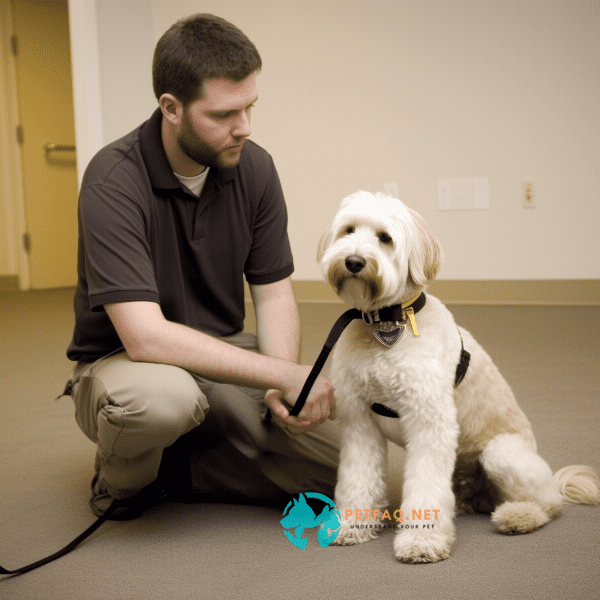
Preparing for Therapy Dog Training
Preparing for Therapy Dog Training is an essential step towards ensuring a successful therapy dog and handler team. Before embarking on training, it’s important to consider several factors to ensure the dog is ready to become a therapy dog.
Firstly, it’s crucial to ensure the dog is physically healthy and up to date with all required vaccinations. A veterinary check-up is necessary to rule out any underlying health issues that could affect the dog’s ability to engage in therapy work.
Secondly, it’s important to assess the dog’s temperament and personality traits. Dogs that are easily spooked or aggressive may not be suitable for therapy work. Instead, therapy dogs should be friendly, calm, and social.
Thirdly, basic obedience training is necessary before engaging in therapy dog training. Basic obedience training ensures the dog knows and can respond to basic commands such as sit, stay, come, and leave it. This will form a foundation for the more advanced skills needed in therapy dog training.
Lastly, it’s important to ensure that the handler is physically and mentally prepared for therapy work. Handlers need to be patient, compassionate, and able to remain calm in potentially stressful environments.
In summary, preparing for therapy dog training requires assessing the dog’s health, temperament, and obedience training level, as well as ensuring the handler is prepared for the demands of therapy work. A thorough preparation process is critical to ensuring the success of the therapy dog and handler team.
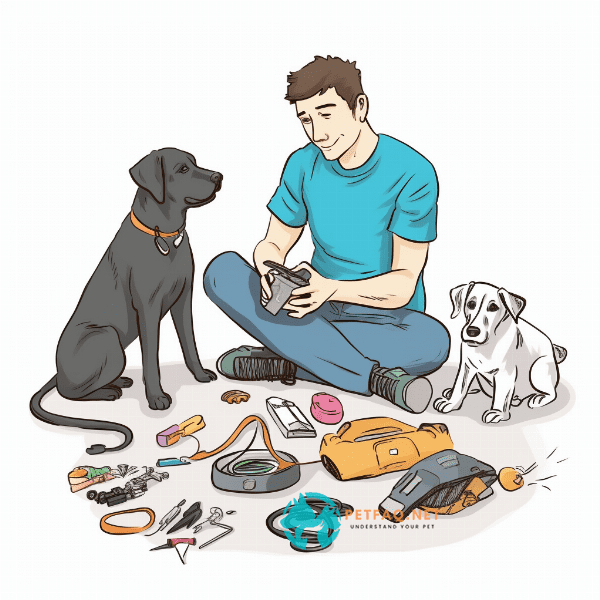
Basic Commands and Skills for Therapy Dogs
One of the most important basic commands for therapy dogs is “sit.” This command teaches the dog to sit down and remain calm when approached by an individual in need. This command can also be used to help the dog stay calm during stressful situations.
Another important basic command is “stay.” This command teaches the dog to remain in one place for a period of time, which can be useful in situations where the dog needs to remain still, such as during a medical exam.
“Come” is another important command that therapy dogs need to learn. This command teaches the dog to return to their handler when called, which can be useful in situations where the dog needs to be removed from a potentially stressful situation.
Other basic skills that therapy dogs need to learn include walking on a loose leash, greeting people in a calm and friendly manner, and being able to tolerate gentle petting and handling.
In addition to basic commands and skills, therapy dogs should also be trained to remain calm and focused in a range of environments, from bustling hospitals to quiet nursing homes. They should be able to ignore distractions and remain attentive to their handler’s cues.
Overall, basic commands and skills are a critical component of therapy dog training. They provide a foundation for more advanced training and help ensure that therapy dogs are safe, effective, and able to provide comfort and support to those in need.
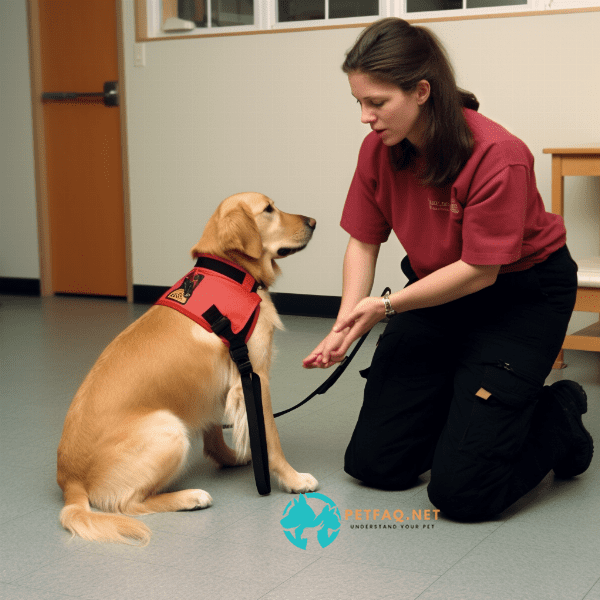
Advanced Training Techniques for Therapy Dogs
One important advanced training technique is socialization. This technique involves exposing the dog to a range of people, animals, and environments to help them become comfortable in a variety of settings. Socialization can help therapy dogs remain calm and focused even in unfamiliar or stressful environments.
Another important technique is desensitization. This technique involves exposing the dog to potentially stressful situations in a controlled manner, gradually increasing the level of exposure over time. This technique can be particularly useful for therapy dogs that will be working in busy, noisy environments such as hospitals.
Therapy dogs may also require specialized training in specific areas, such as working with individuals with physical disabilities or mental health conditions. Training techniques may include teaching the dog to assist with tasks such as opening doors or retrieving items, or learning how to respond to individuals in distress in a calm and supportive manner.
Handlers may also require specialized training in areas such as infection control or handling difficult situations. Advanced training for handlers can help ensure that therapy dog and handler teams are prepared for a range of scenarios and can work together effectively to provide comfort and support to those in need.
In summary, advanced training techniques are a critical component of therapy dog training. They help therapy dogs develop the skills and behaviors needed to interact safely and effectively with individuals in need, and ensure that therapy dog and handler teams are prepared for a range of scenarios.
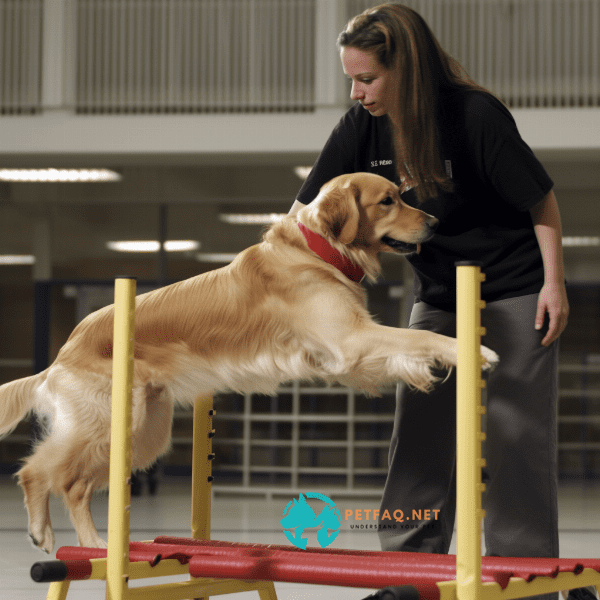
Socialization and Desensitization for Therapy Dogs
Socialization and desensitization are two important techniques in therapy dog training that help dogs become comfortable and well-behaved in a variety of settings.
Socialization involves introducing the therapy dog to a range of people, animals, and environments in a controlled and positive manner. This helps the dog become comfortable and confident in a variety of settings and ensures they can interact safely and calmly with individuals in need. Socialization can be particularly important for therapy dogs that will be working in busy, noisy environments such as hospitals.
Desensitization involves gradually exposing the therapy dog to potentially stressful situations, such as loud noises or medical equipment, in a controlled and safe manner. This technique can help therapy dogs remain calm and focused in potentially stressful situations, making it easier for them to provide comfort and support to individuals in need.
Both socialization and desensitization require patience, persistence, and a careful approach to ensure that the therapy dog remains comfortable and safe throughout the training process. Handlers and trainers should work together to create a positive and supportive environment for the therapy dog, and should be prepared to adjust their training techniques as needed to ensure the best possible outcome.
In summary, socialization and desensitization are important techniques in therapy dog training that can help dogs become comfortable and confident in a variety of settings, making them more effective and reliable therapy dogs. By working together with trainers and handlers to create a positive and supportive training environment, therapy dogs can develop the skills and behaviors needed to provide comfort and support to those in need.
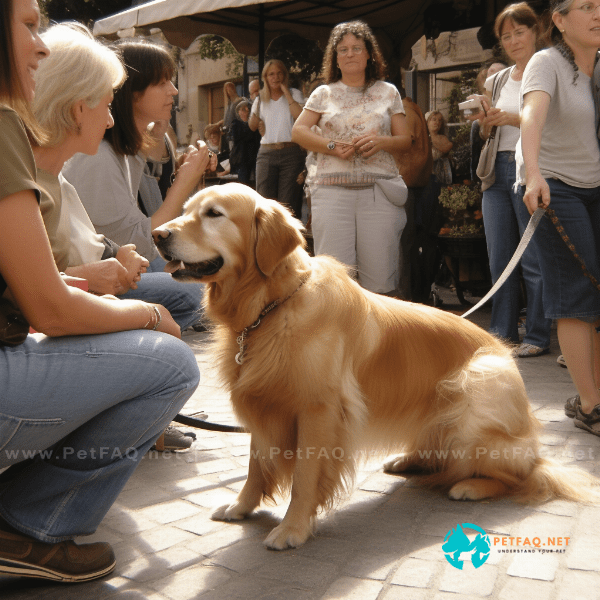
Tips for Training Your Own Therapy Dog
Training your own therapy dog can be a rewarding experience, but it also requires a significant amount of time, effort, and patience. Here are some tips to help make the process as smooth and successful as possible:
1. Start early: Training should begin as early as possible, ideally when the dog is still a puppy. This allows for the development of positive behaviors and can make training easier in the long run.
2. Consistency is key: Training should be consistent and predictable. The dog should be given clear instructions and positive reinforcement for good behavior.
3. Keep it positive: Positive reinforcement is the most effective training technique for therapy dogs. This involves rewarding the dog with treats or praise for good behavior, rather than punishing them for bad behavior.
4. Be patient: Therapy dog training can be a long and sometimes frustrating process. It’s important to be patient and to give the dog time to learn and adjust to new situations.
5. Socialization: Socializing your dog is important in therapy dog training. It’s important to expose your dog to different people, animals, and environments to help them become comfortable and confident in a variety of settings.
6. Seek professional help: Consider seeking the help of a professional trainer or therapy dog organization to guide you through the process. They can provide support, resources, and specialized training that can help ensure success.
By following these tips and being patient and consistent, you can train your own therapy dog and provide comfort and support to those in need.
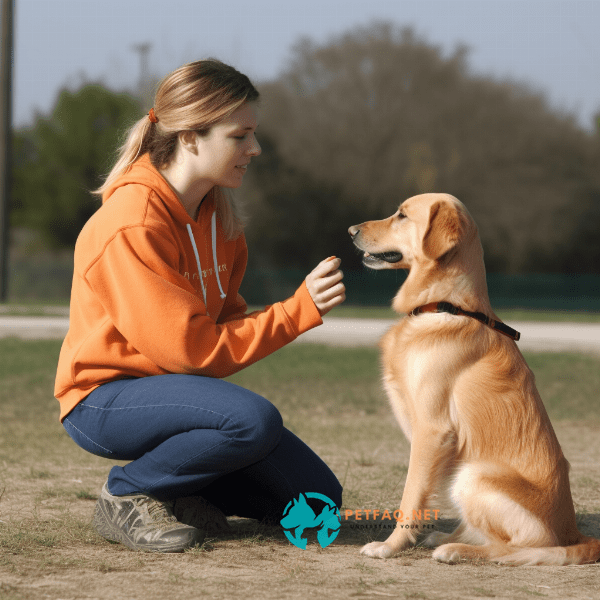
Therapy Dog Certification and Registration Process
To become a certified therapy dog, the dog must typically undergo training and pass an evaluation to demonstrate their obedience, temperament, and ability to work safely in a variety of environments. Different organizations may have different certification requirements and evaluation procedures.
Once a therapy dog is certified, they may then be registered with a therapy dog organization or a certification body. This registration provides proof of the dog’s certification and can be helpful when working with facilities that require or prefer registered therapy dogs.
It’s important to note that not all therapy dog organizations and certification bodies are created equal. Some may have more stringent certification requirements or may be more highly regarded in the industry. It’s important to do your research and choose a reputable organization that will provide your therapy dog with the training and support they need to be successful.
In summary, therapy dog certification and registration are important steps in the therapy dog training process that can help ensure that dogs are well-prepared and qualified to provide comfort and support to those in need. By choosing a reputable organization and following their certification and registration procedures, you can help ensure the success of your therapy dog in their important work.
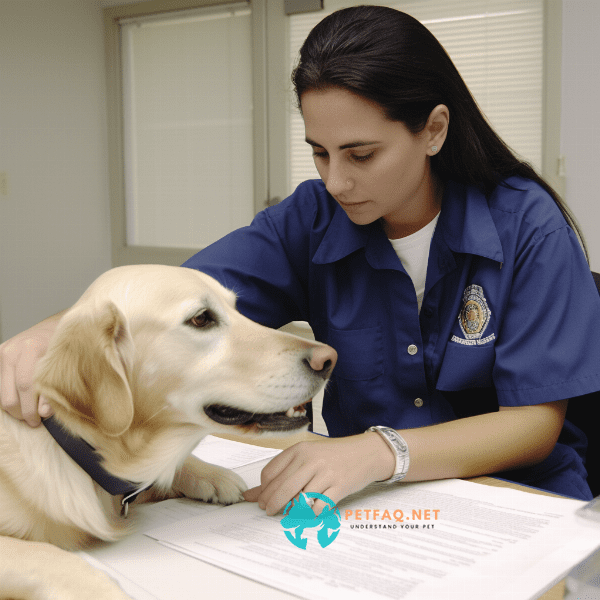
Volunteer Opportunities for Therapy Dogs
Therapy dogs are valuable assets to many organizations and individuals in need, and volunteering with your therapy dog can be a rewarding experience. Here are some volunteer opportunities for therapy dogs:
1. Hospitals: Many hospitals welcome therapy dogs to visit patients, providing comfort and joy during what can be a difficult time. Hospitals may have specific requirements for therapy dog teams, so it’s important to check with each hospital to determine their policies.
2. Nursing homes and assisted living facilities: Similar to hospitals, nursing homes and assisted living facilities often welcome therapy dogs to visit residents, providing companionship and socialization.
3. Schools and libraries: Some schools and libraries have programs that allow children to read to therapy dogs, helping to improve their reading skills and confidence.
4. Crisis response: In times of crisis, such as natural disasters or incidents of violence, therapy dogs can provide comfort to those affected by the event.
5. Special needs programs: Therapy dogs can be particularly helpful for those with special needs, including those with physical or mental disabilities.
It’s important to note that not all volunteer opportunities may be suitable for all therapy dogs. Each dog has their own personality and temperament, and it’s important to select opportunities that are well-suited to their individual strengths and needs. Additionally, many organizations have specific requirements for therapy dog teams, such as certification and registration, so it’s important to check with each organization to determine their policies and requirements.
Overall, volunteering with your therapy dog can be a fulfilling way to give back to your community and provide comfort and support to those in need.
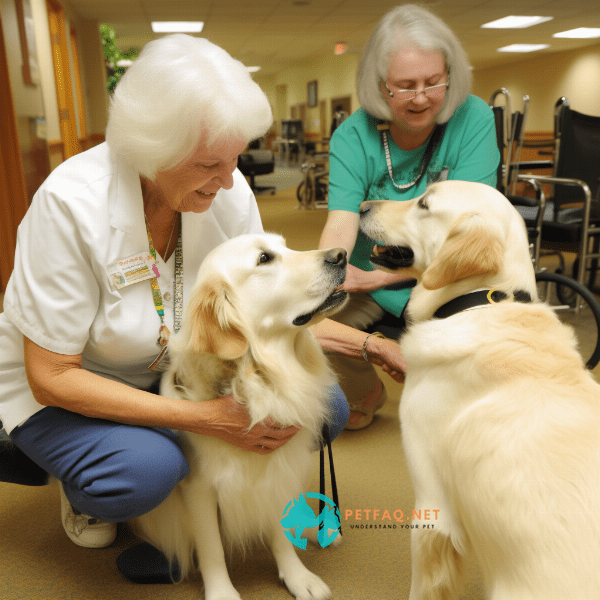
The Rewards of Being a Therapy Dog Handler
Being a therapy dog handler can be a rewarding experience, both for the handler and their furry companion. Here are some of the rewards of being a therapy dog handler:
1. Helping others: One of the most rewarding aspects of being a therapy dog handler is the ability to make a positive impact on the lives of others. Therapy dogs can provide comfort and support to those in need, helping to reduce stress, improve mood, and promote overall well-being.
2. Strengthening the bond with your dog: Training and volunteering with your dog can help strengthen your bond and deepen your relationship. Working together as a team can be a fun and fulfilling experience for both you and your furry friend.
3. Meeting new people: Volunteering with a therapy dog can provide opportunities to meet new people and form connections with others who share a love of animals and a desire to make a positive impact in the community.
4. Personal growth: Being a therapy dog handler can also be a learning experience, providing opportunities for personal growth and development. Working with your dog can help improve your communication skills, patience, and empathy.
5. Sense of purpose: For many therapy dog handlers, volunteering with their dog provides a sense of purpose and fulfillment, knowing that they are making a difference in the lives of others.
Overall, being a therapy dog handler can be a rewarding experience that provides a sense of fulfillment and purpose, strengthens the bond with your dog, and allows you to make a positive impact on the lives of others.
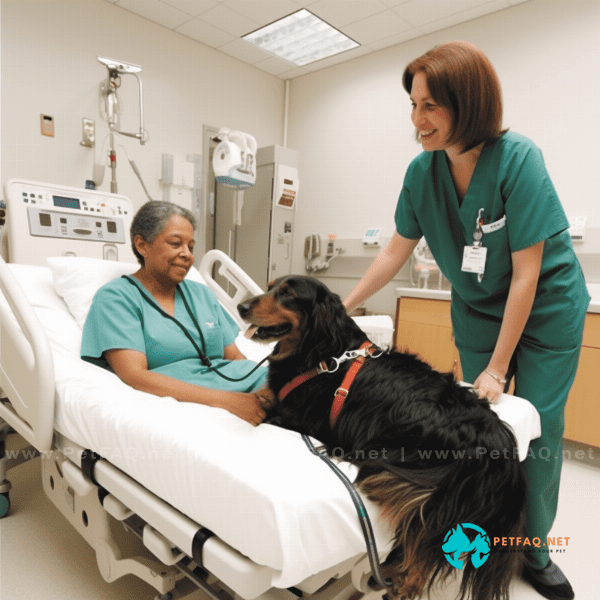
Frequently Asked Questions (FAQs) about Therapy dog training:
1. What kind of personality traits does a therapy dog need to have?2. What breeds are best for therapy dog training?
3. How long does it take to train a therapy dog?
4. What are the key skills required for therapy dog training?
5. How do you socialize a therapy dog?

